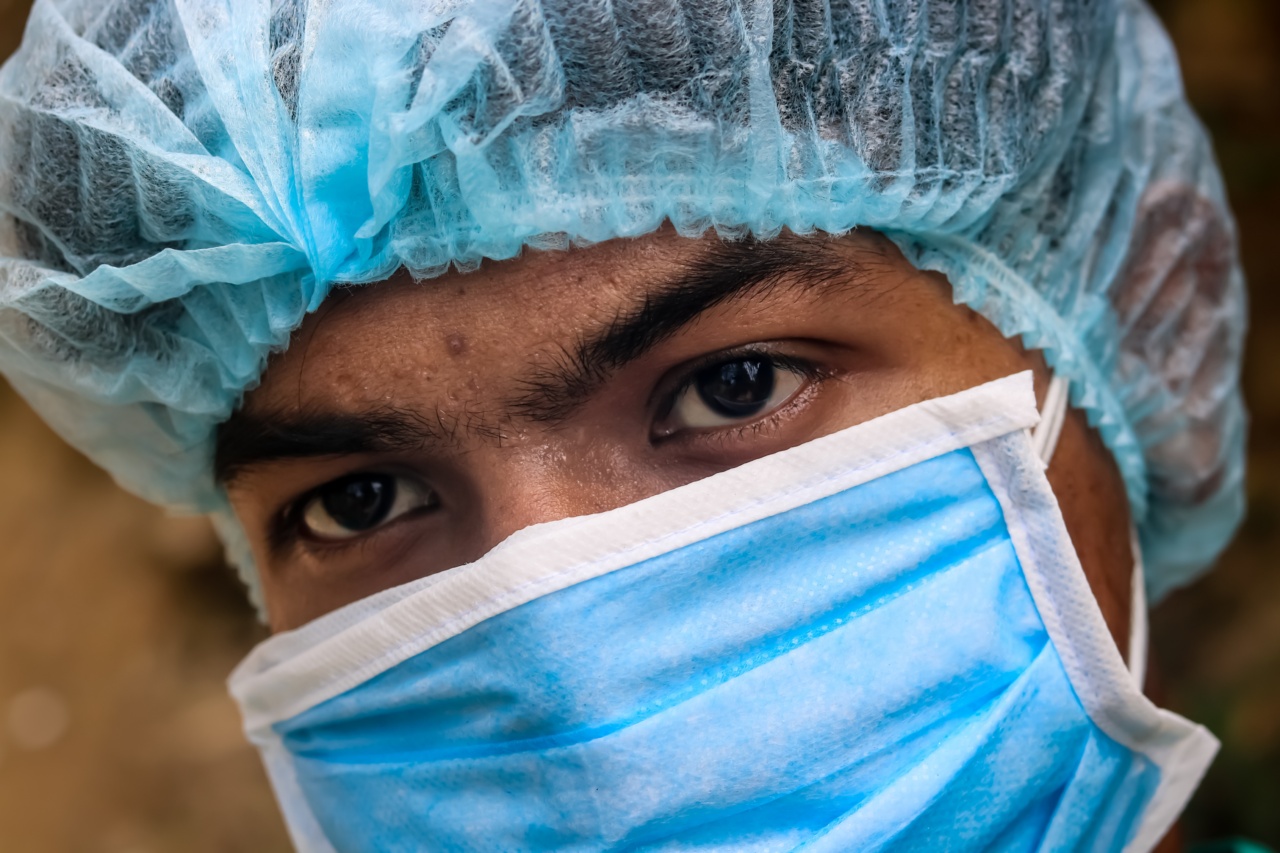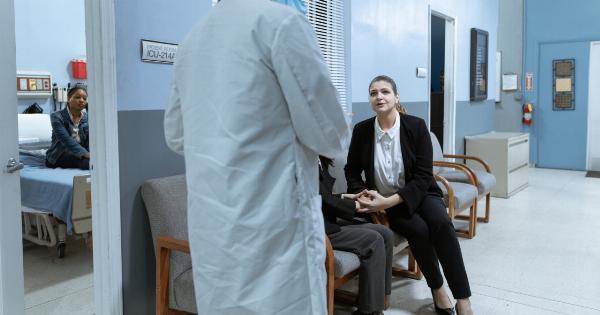Embola, a highly contagious viral disease, presents a significant threat to the healthcare system, particularly in hospitals.
The rapid spread of this disease within healthcare facilities is a cause for concern, as it poses risks not only to patients but also to medical staff. Understanding how Embola spreads in hospitals is of utmost importance to prevent further outbreaks and protect healthcare professionals.
The Basics of Embola
Embola, medically known as EMBV (Embola Virus), belongs to the family of Filoviridae. It is primarily found in Central and West Africa, with occasional outbreaks reported in other parts of the world.
The virus is transmitted to humans from animals, likely bats or nonhuman primates, and can further transmit from person to person through direct contact with infected bodily fluids.
The Role of Hospitals in Embola Spread
Hospitals, intended to be places for healing and recovery, can inadvertently become hubs for the spread of Embola if proper precautions are not taken. There are various ways in which Embola can be transmitted within hospital settings:.
1. Lack of Awareness and Training
Medical staff who are unaware of the risk factors and proper precautions related to Embola may unintentionally contribute to its spread.
It is crucial for healthcare institutions to provide regular training and education to their staff about the symptoms, transmission mechanisms, and preventive measures regarding Embola.
2. Inadequate Personal Protective Equipment (PPE)
PPE, such as gloves, masks, gowns, and goggles, plays a pivotal role in preventing the transmission of Embola. If healthcare workers do not have access to or do not use appropriate PPE, there is a higher risk of contracting and spreading the virus.
Hospitals must ensure an adequate supply of PPE and emphasize its proper usage and disposal.
3. Improper Hand Hygiene
Poor hand hygiene practices are a common issue in hospital settings and can contribute to the spread of Embola.
Medical staff must diligently follow hand hygiene protocols, including proper handwashing techniques and the use of hand sanitizers with at least 60% alcohol content. Strict adherence to hand hygiene guidelines is crucial in preventing the transmission of Embola.
4. Contaminated Surfaces and Equipment
Embola can survive on surfaces and equipment for extended periods, posing a risk to anyone coming in contact with them. Inadequate cleaning and disinfection practices can lead to the persistence of the virus in the healthcare environment.
Regular and thorough cleaning and disinfection of surfaces, medical instruments, and equipment are critical in preventing the spread of Embola.
5. Lack of Isolation Practices
Isolation plays a crucial role in containing the spread of Embola within hospitals.
Patients suspected or confirmed to have Embola should be immediately placed in isolation rooms with proper ventilation and negative pressure to prevent airborne transmission. The lack of designated isolation areas and failure to enforce strict isolation protocols contribute to the spread of the virus.
6. Transportation of Infected Patients
Transporting patients with Embola within hospitals, especially without proper precautions, can lead to the contamination of hallways, elevators, and other common areas.
Hospitals should have designated pathways and protocols for the safe transportation of infected patients, minimizing the risk of spreading the virus.
7. Limited Staffing and Overcrowding
Understaffing and overcrowding in hospitals, especially during outbreaks, can lead to compromised infection control practices.
The excessive workload and shortage of resources may result in suboptimal adherence to protocols, increasing the risk of Embola transmission. Healthcare institutions must ensure adequate staffing levels and manage patient capacity to maintain effective infection control measures.
8. Lack of Surveillance and Reporting
Surveillance and reporting systems play a vital role in identifying and responding to Embola cases promptly.
Hospitals should implement robust surveillance mechanisms to detect any suspected cases and promptly report them to the relevant public health authorities. Timely reporting prevents delays in initiating necessary control measures and helps prevent the spread of the virus.
9. Insufficient Communication and Collaboration
Effective communication and collaboration among healthcare professionals are essential in preventing the spread of Embola.
Clear and efficient communication channels, along with interdisciplinary cooperation, enable the timely sharing of information, implementation of infection control measures, and coordination of efforts to contain the virus within hospitals.
10. Lack of Post-Exposure Prophylaxis
In case of suspected or confirmed exposure to Embola, medical staff should have access to post-exposure prophylaxis (PEP). PEP consists of antiviral medications that can reduce the risk of infection if taken promptly after exposure.
Hospitals must ensure that PEP is readily available and that staff are educated about its use and the importance of seeking immediate medical attention in case of exposure.
The Importance of Wake-Up Call for Medical Staff
The continuous spread of Embola within hospitals should serve as a wake-up call for medical staff around the world.
Preventing future outbreaks requires heightened vigilance, adherence to protocols, and the implementation of stringent infection control practices. Medical staff must take collective responsibility in minimizing the risk of Embola transmission.
Conclusion
Embola presents a significant challenge to healthcare institutions and medical staff, with its potential to rapidly spread within hospitals.
By addressing the underlying causes and implementing effective preventive measures, hospitals can mitigate the risks associated with Embola transmission. It is imperative for medical staff to be aware, alert, and proactive in creating a safer environment for patients and themselves.




























